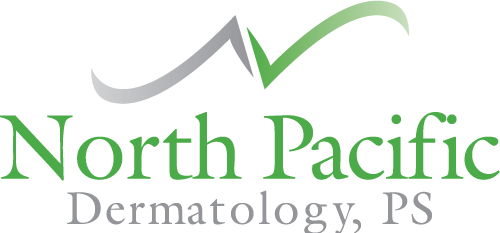How to Handle Hyperhidrosis in the Fall
Dealing with hyperhidrosis any time of the year can be a struggle, but what about when it starts to cool down in the fall? It might seem like your symptoms will lessen, but it’s important to have a treatment strategy in place nonetheless. Here’s what you need to know about taking care of hyperhidrosis as it starts to cool off outside.
How to Handle Hyperhidrosis
Pinpoint Your Hyperhidrosis Causes
One of the first things you’ll need to do when you’re dealing with excessive sweating is pinpoint what’s causing it. During the summer, it might feel like everything is a trigger for your hyperhidrosis, but fall is when you really need to hone in on specific triggers. Primary hyperhidrosis causes the nerves responsible for triggering your sweat glands to become overactive. As a result, you’ll produce much more sweat than necessary. The most common triggers for excessive sweat are heat and high stress. Heat doesn’t necessarily mean weather, either. If you’re dressed too warmly or you’re feeling feverish, it’s possible that your hyperhidrosis will flare up. It’s also possible for your hyperhidrosis to be localized in one area, such as your underarms or your feet. Situations of high stress are another common trigger. Combined with conditions like anxiety, depression, hormonal changes in the body, and even hyperthyroidism, stress can do a real number on you if you have hyperhidrosis. In order to treat hyperhidrosis and excessive sweating effectively at any time of the year, you need to identify your most common triggers and develop a solid treatment plan. Here are a few options.
Prescription Antiperspirant
A prescription antiperspirant is one of the most common treatments for managing hyperhidrosis. These antiperspirants are typically made with aluminum chloride, which has proven to be an effective tool in managing excessive sweating. That said, this ingredient can be irritating to the skin and eyes, so it pays to follow your doctor’s instructions to a tee. Nobody wants a skin rash while they’re dealing with excessive sweating, after all. In most cases, irritation will be minimal. In terms of use, your doctor will typically have you apply this treatment before you go to sleep each night. You’ll then be asked to wash it off in the morning. For the majority of patients, this treatment is a great option if you’re sweating more than normal but not enough to warrant serious concern in the fall.
Prescription Topical Creams
Topical creams operate in a similar manner to prescription antiperspirants when it comes to hyperhidrosis treatment. When you’re prescribed a topical treatment, you’ll be instructed to apply it once or twice daily to the areas where you’re experiencing the most severe sweating. Unlike antiperspirants, these topical creams can be used more safely on areas like the head, back, and neck. The main difference between a topical cream and a topical antiperspirant is the main active ingredient. Unlike an antiperspirant, the main ingredient in topical creams for hyperhidrosis treatment is glycopyrrolate. This treatment is also an excellent option if your excessive sweating is causing some irritation but isn’t severely impacting your day-to-day life.
Hyperhidrosis is tough enough to deal with when you’re not trying to plan autumn fun. If you want to talk about your treatment options, set up a consultation with our team at North Pacific Dermatology today.
